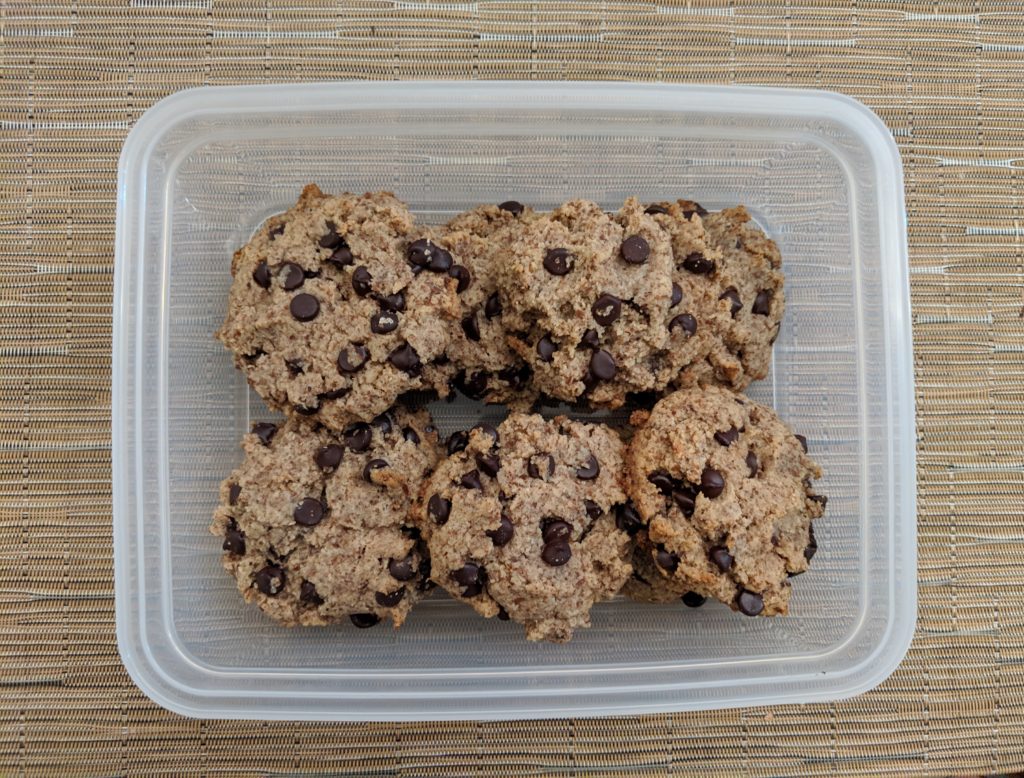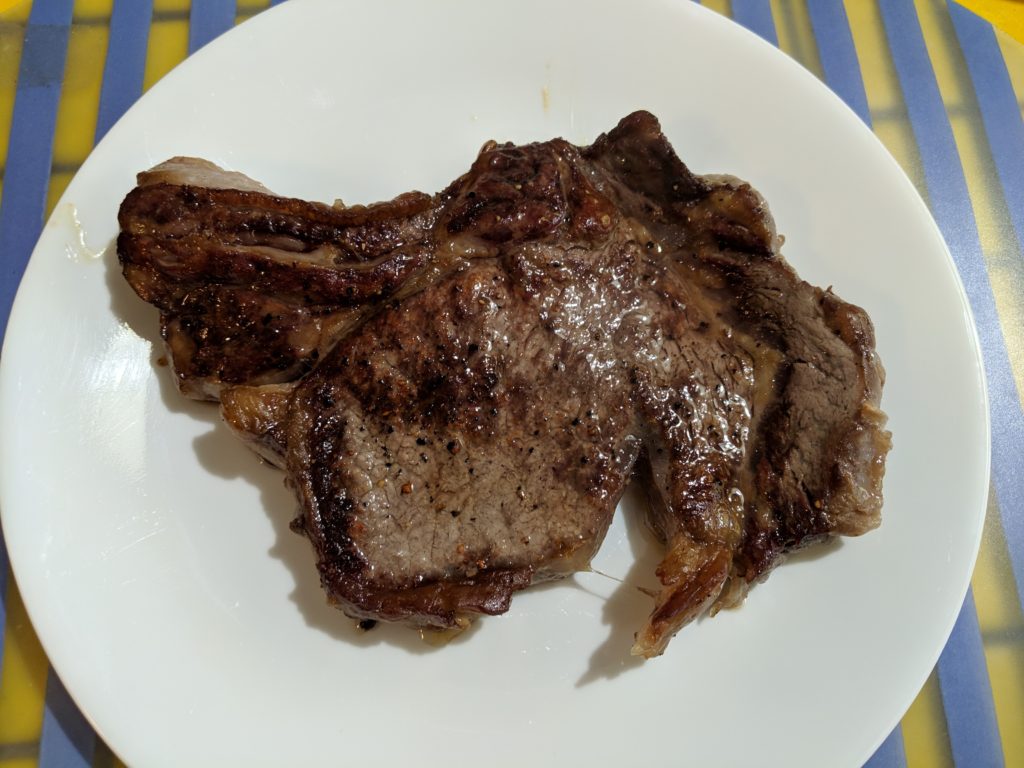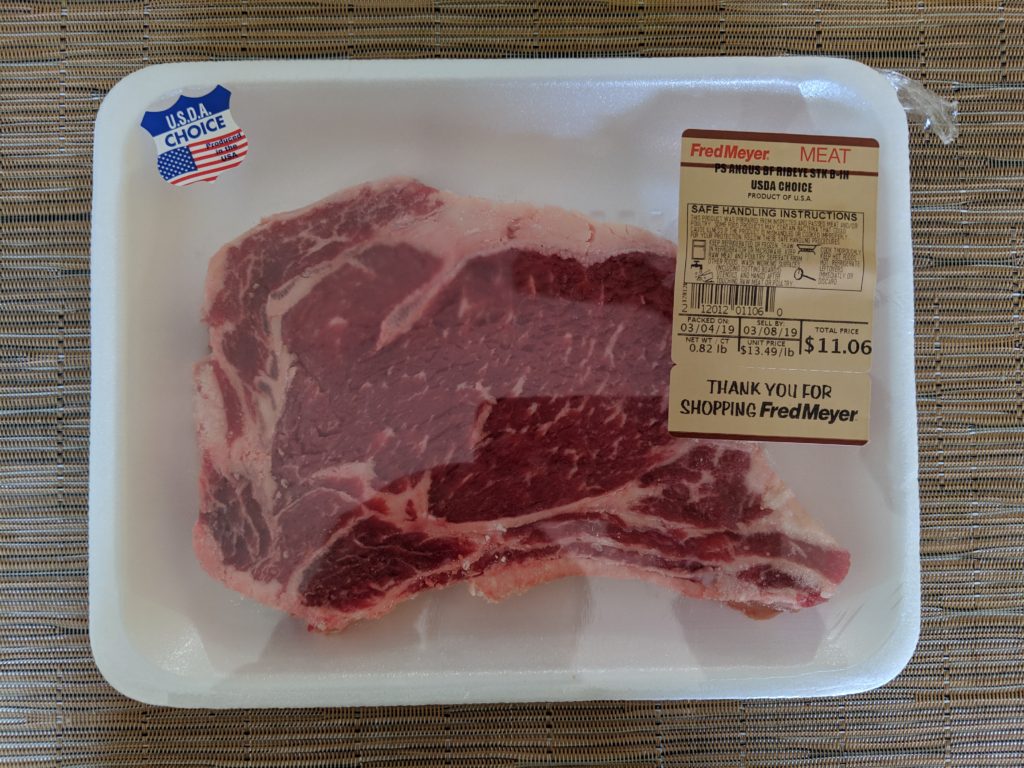What is the Keto diet?
The Ketogenic diet is a very low-carb, high-fat diet. It involves drastically reducing carbs and replacing them with fat. This puts your body into a metabolic state called ketosis–basically when your body burns fat because it doesn’t have enough glucose to use for energy. Over time, your body gets more efficient at burning fat for energy and turning fat into ketones (a byproduct of fat breakdown) in the liver, which can supply energy for the brain. This can lead to significant weight loss. However, ketosis can be dangerous if ketone levels become too high. For people with uncontrolled diabetes, ketosis is a sign of too much glucose and not enough insulin in the blood. (The body can’t use glucose without proper amounts of insulin; insulin is necessary to get glucose out of the bloodstream and into the cells where it can be used for energy.)
What is the Paleo diet?
Sometimes referred to as the “ancestral diet,” the Paleo diet is believed to align with the foods eaten by early humans, with an emphasis on whole foods, including organic vegetables and fruits, grass-fed and naturally-raised meats, wild-caught fish, eggs, nuts and seeds. In addition to avoiding all processed foods and sugar, it also omits all grains, dairy products, beans and legumes (including peanuts). Proponents of the Paleo diet believe that because these foods were introduced to the human diet much later in our history, the human digestive system is not well-equipped to break down these foods, contributing to digestion issues, food allergies and sensitivities and inflammation.
How do they compare?
- Both diets focus on high-quality, nutrient-rich foods and eliminate grains, legumes and dairy.
- Typically, a Keto diet is higher in fat than Paleo.
- Paleo is usually higher in carbs than the Keto.
- While the Paleo diet incorporates fruit and starchy vegetables, the Keto diet doesn’t because they’re too high in carbs. (A true keto diet is 50 grams or less of carbs a day.)
- Paleo is superior for overall digestive health and athletic performance. It is also a more sustainable diet plan than Keto.
- The Keto is better short-term diet for aesthetics and weight loss, as well as diabetes prevention and controlling other diseases, including epilepsy.
- The Keto is best monitored by a trusted practitioner. To do it in a healthy way, you need to count all calories and macros, and many people include non-whole foods to reach these strict macronutrient goals. A standard keto diet is 60-75% of calories from fat, 15-30% from protein and 5-10% from carbs.
- Paleo doesn’t advocate a strict macronutrient breakdown (exact number of carbs, protein and fat you should eat).
- A less strict low-carb diet model could be 150 or 100 grams or less, which allows for more fruits and some starchy veggies. (Paleo usually stays within this range.)
What are some benefits to trying one or both diets?
Keto:
- This diet can be an effective way to lose weight.
- Because it’s so low-carb, it can lead to significant reductions in blood sugar and insulin levels.
- Some research suggests that the Keto diet might help lower the risk of heart disease, metabolic syndrome, insulin resistance and type 2 diabetes.
- Because it omits sugar in all forms (even fruit, in most cases), as well as almost completely eliminates carbs, it can help curb sugar cravings.
- Due to the high fat content, it may be easier to follow than other diets. (e.g. Fat is very satiating.)
- It doesn’t involve counting calories or limiting portion sizes, so it can be easier to follow than calorie-restricted “deprivation-style” diets (which are rarely effective anyway, since extreme calorie restriction can slow metabolism and encourage the body to hold on to fat stores; they’re also not sustainable long-term, often causing the dieter to gain back any weight they initially lost).
Paleo:
- Switching to whole foods means the body will get more of the nutrients it needs to thrive. This usually translates to improvements in weight, blood sugar, mood, energy level, sleep, digestion and cognitive abilities (e.g. memory, focus, concentration, etc.) as well as reduced risk of many chronic illnesses.
- Because this diet excludes gluten and dairy, people who try it may discover they are allergic or sensitive to these foods (or may find that they feel better without them in their diet) and that eliminating them has a positive impact on their overall health, aside from weight loss alone.
- It can be potentially costly, as it involves buying all organic produce, 100% grass-fed meat and wild-caught fish, which may not be readily available to everyone.


